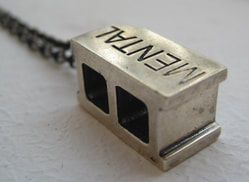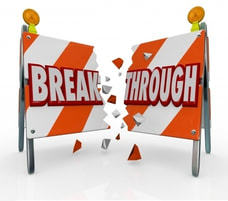|
The dreaded mental block. Something all coaches, parents, and athletes hope they never have to encounter. While mental blocks can be very frustrating for everyone involved, there are different ways to help diminish the effects of mental blocks on athlete performance. The term mental block refers to the concept of an athlete being hesitant or fearful of performing a particular skill, whether that be tumbling, stunting, or other various skills. There are many different ways that mental blocks can develop, it is important to understand the source of the block in order to be able to reverse it. Potential causes of mental blocks include:
Thankfully, there are various strategies that can be used to help curb the block, including the following:
2 Comments
6/4/2020 07:18:40 pm
Mental blocks are really hard to deal with. Well, I was a person who used to go and have them all of the time, and they really hindered my growth. I totally love the idea of these strategies are interesting. I love the idea that mental blocks are just something that people have and that they are treatable. If you just go and use these strategies, then believe me, you will be able to do a lot of things better.
Reply
Leave a Reply. |
Archives
April 2022
Categories
All
Disclaimer: The information contained on this website is compiled from a variety of professional sources as well as the author's own experiences. The information should NOT be used in place of a visit to your healthcare provider or used to disregard any advice provided by your healthcare provider.
|



 RSS Feed
RSS Feed